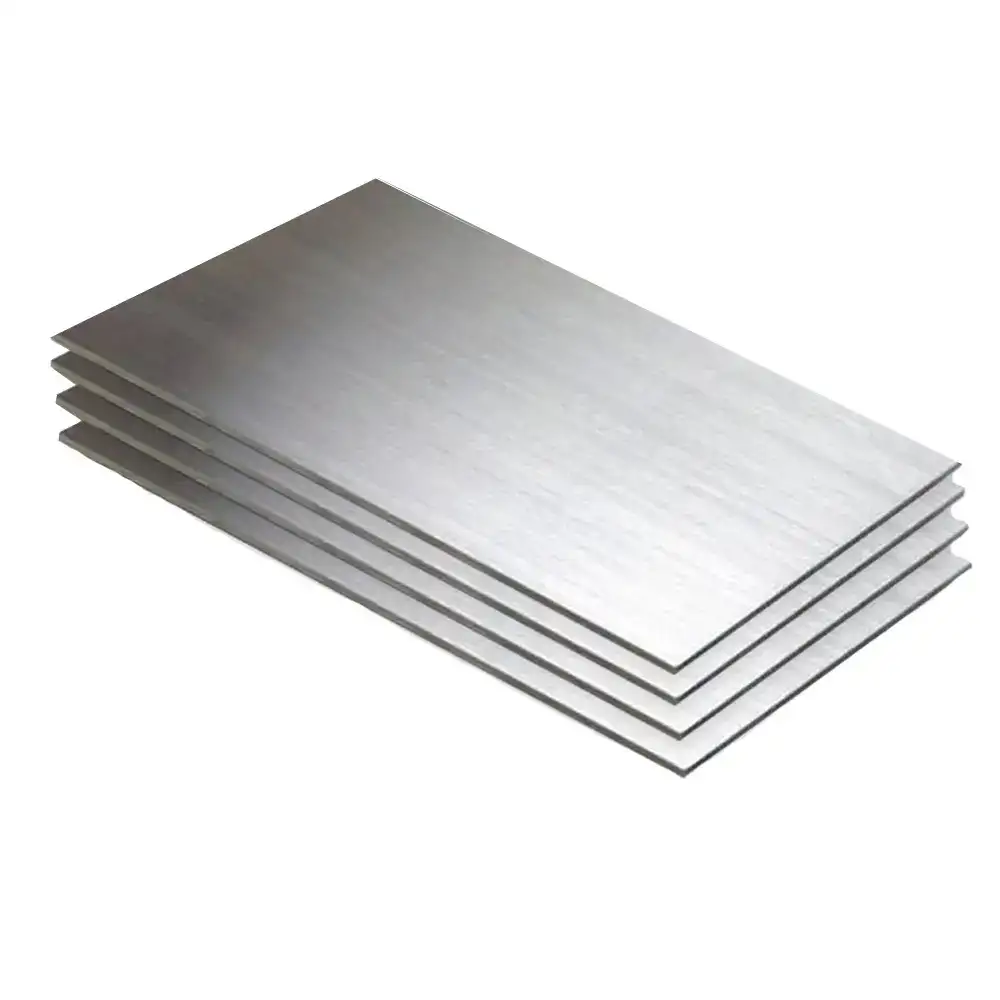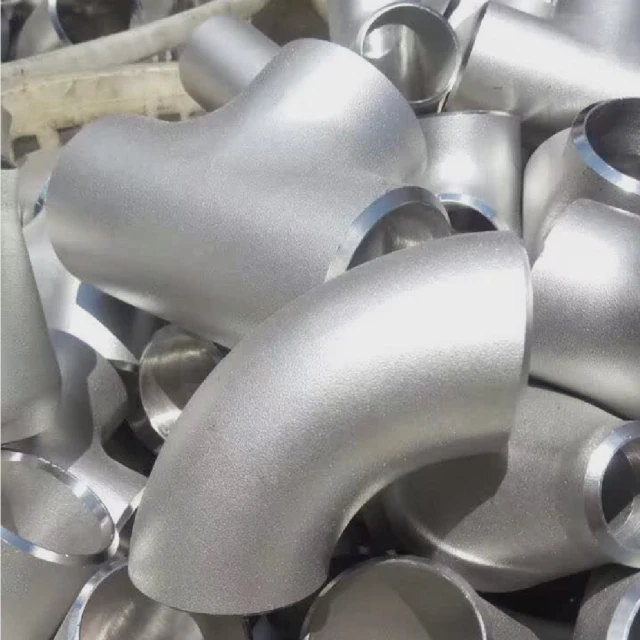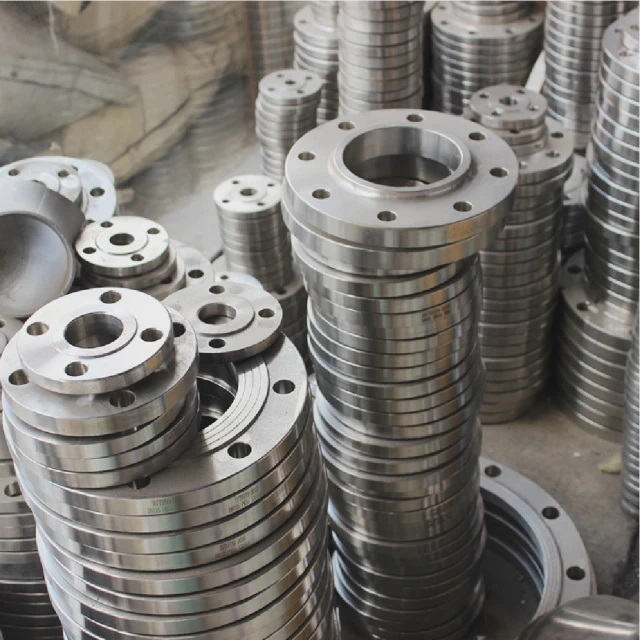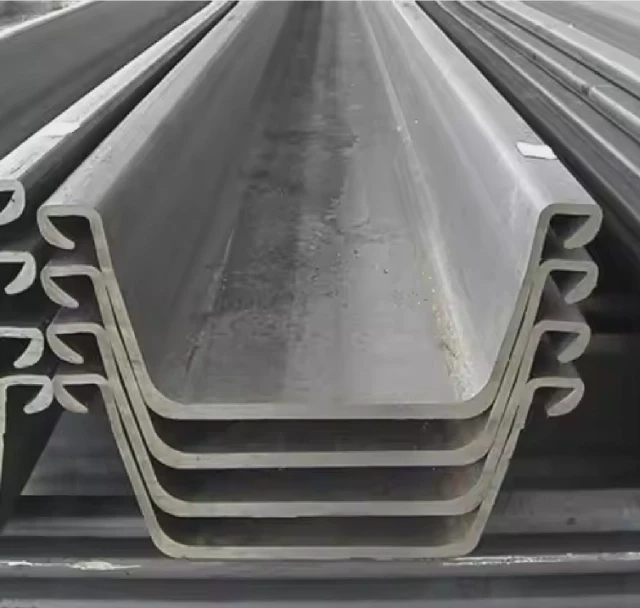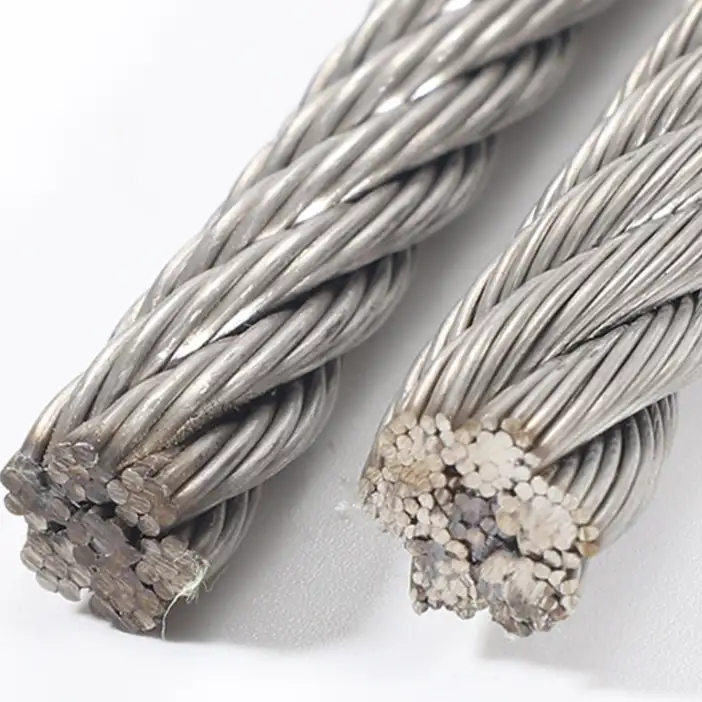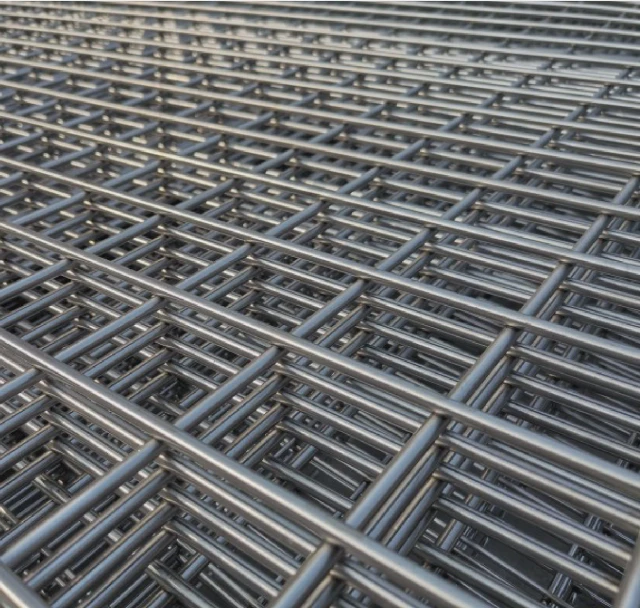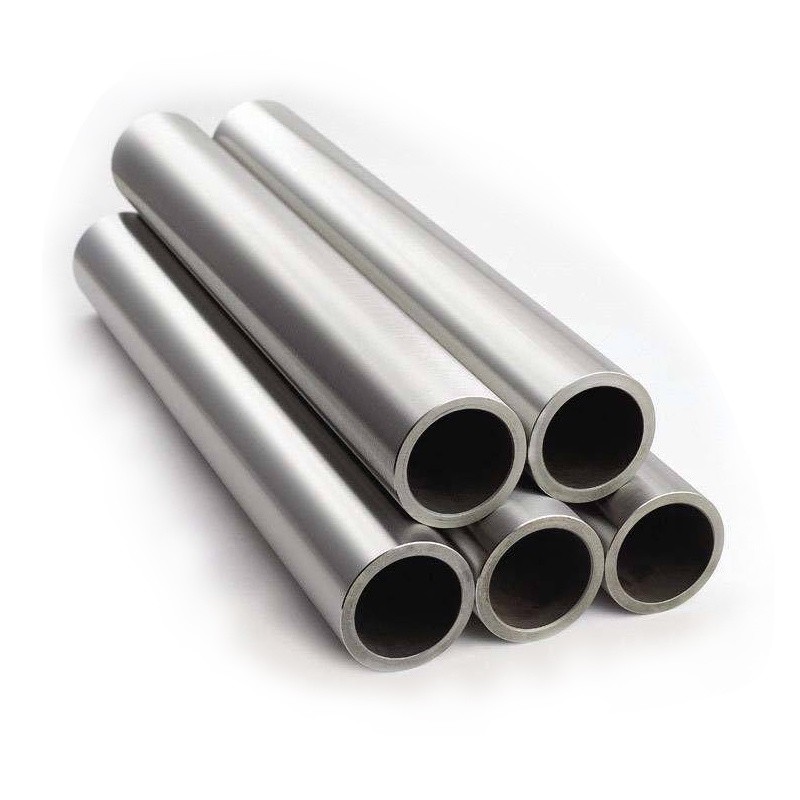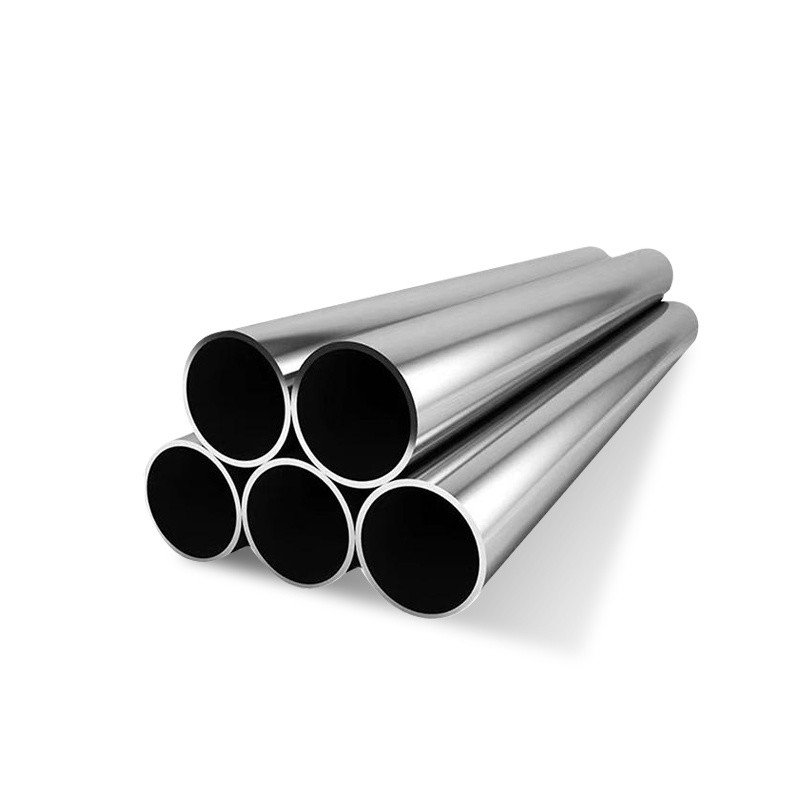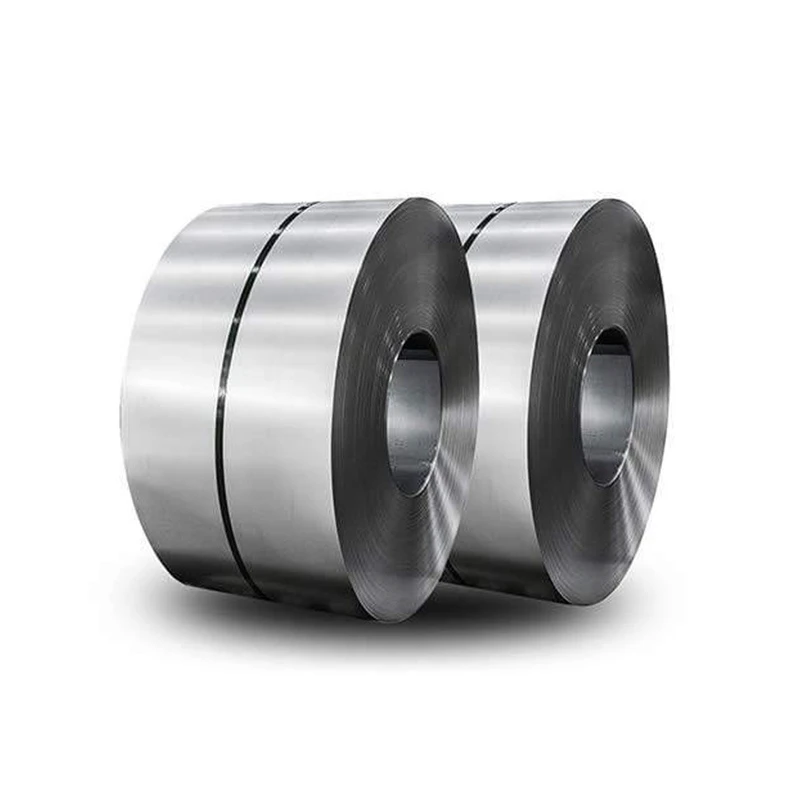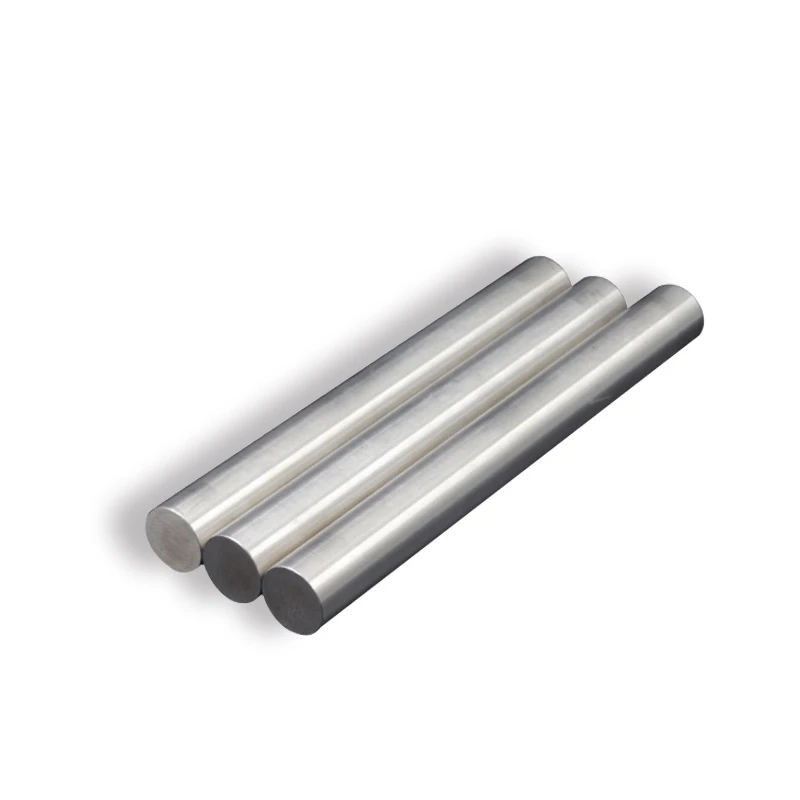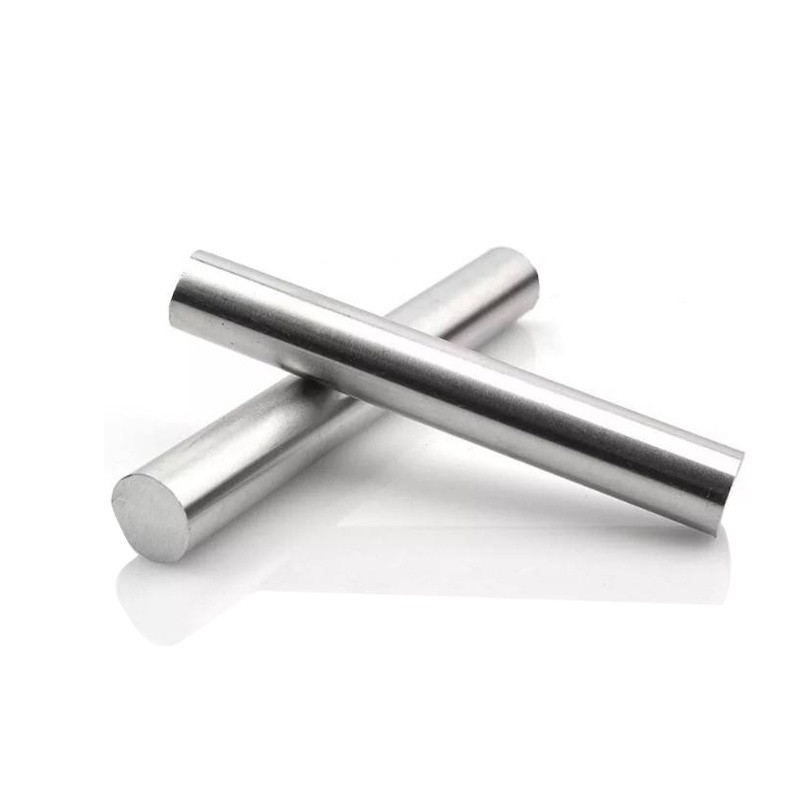
CATEGORIES
FEATURED PRODUCTS
ASTM A240 Stainless Steel Plate
We offer this product and related grades with 100% factory direct pricing and free quotes available within 24 hours.
APPLICATION SCENARIOS

OUR ADVANTAGE

Certificate of Honor

PARTNER

Our Factory

The ASTM A240 standard specification outlines the technical requirements for stainless steel plates, sheets, and strips intended for general corrosion-resistant applications. Widely regarded in industries where strength and resistance to corrosion are crucial, ASTM A240 stainless steel plates are used in a broad array of applications, from construction to manufacturing of specialized components.
1. Introduction to A240 Stainless Steel Plate
ASTM A240 defines requirements for chromium-nickel and chromium stainless steel plate, sheet, and strip for pressure vessels and general applications. As someone who has specified materials for high-pressure systems, I can attest to A240’s exceptional corrosion resistance, weldability, and formability. Short or long, its reputation remains stellar.
2. Chemical Composition and Metallurgical Structure
The A240 specification covers a variety of grades—304, 316, 321, 410, and duplex, among others. Here’s a snapshot of the core composition for the most common grades:
| Grade | C (max) | Cr (%) | Ni (%) | Mo (%) | Mn (%) | Remarks |
|---|---|---|---|---|---|---|
| 304 | 0.08 | 18.0–20.0 | 8.0–10.5 | — | ≤2.0 | General-purpose |
| 316 | 0.08 | 16.0–18.0 | 10.0–14.0 | 2.0–3.0 | ≤2.0 | Enhanced corrosion resistance |
| 321 | 0.08 | 17.0–19.0 | 9.0–12.0 | — | ≤2.0 | Stabilized with Ti |
Source: ASTM A240 Specification Document¹
Significant microstructural differences (e.g., austenitic vs. ferritic) dictate performance under extreme conditions. Austenitic grades (304, 316) dominate due to superior ductility.
3. Mechanical Properties and Performance Parameters
At room temperature, typical mechanical values for A240 304 and 316 plates are:
- Tensile Strength: 515 MPa (minimum)
- Yield Strength: 205 MPa (minimum)
- Elongation: ≥40% in 50 mm
Complex from high-temperature tensile data to low-temperature impact toughness—this plate performs. Notably, 316 demonstrates a 15% higher creep resistance at 550°C, making it a go-to for petrochemical plants.
4. Surface Finish and Inspection Standards
A240 mandates finishes ranging from No. 1 (hot-rolled, annealed, pickled) to No. 8 (mirror polish). Visual and ultrasonic inspections ensure absence of laminations, cracks, and folds. In my past projects, specifying a 2B finish ensured optimal balance between cost and wash-down capability.
5. Price Comparison: China, USA, and India
Price volatility in stainless steel is real. Below is a six-month average price per metric ton (USD):
| Region | Grade 304 | Grade 316 | Date Range | Source |
| China | 2,100 | 2,650 | Jan–Jun 2025 | Shanghai Metal Market² |
| USA | 2,400 | 2,900 | Jan–Jun 2025 | AMM Price Report² |
| India | 2,250 | 2,800 | Jan–Jun 2025 | Indian Steel Association² |
Prices reflect raw material costs, currency fluctuations, and energy tariffs.
6. Key Factors Influencing Pricing
- Raw material costs: Nickel and chromium account for 60–70% of plate cost.
- Energy tariffs: Energy-intensive rolling drives price upward.
- Logistics and tariffs: Sea freight surcharges and import duties vary by region.
- Market demand and inventories: End-of-quarter restocking often spikes prices.
7. Comparison with Other Stainless Steel Grades
While A240 covers 304 and 316, competitors include:
| Attribute | A240 304/316 | Duplex 2205 | AL6XN |
| Corrosion Res. | High | Very High | Exceptional |
| Cost | Moderate | Higher | Much Higher |
| Weldability | Excellent | Good | Fair |
| Typical Uses | Food, pharma | Oil & gas | Chemical processing |
Duplex grades offer double yield strength but require specialized welding.
8. Application Fields and Industry Use Cases
A240 plates find applications in:
- Food and Beverage: Wash-down surfaces, tanks, and conveyors.
- Oil & Gas: Heat exchangers, piping systems.
- Chemical Processing: Reactors, pressure vessels.
- Medical: Sterilization trays, surgical tables.
Short list? Not at all. You’ll find this plate virtually everywhere.
9. Case Study: Power Plant Heat Exchanger Plates
In 2023, a 500 MW coal-fired plant in India retrofitted its heat exchangers with A240 316 plates. Operational downtime reduced by 25%, and maintenance costs dropped by 18%.³ The secret? Upgrading to a stabilized alloy resisted sulfidation at 550°C.
10. Procurement Best Practices and Quality Checks
When procuring A240 plates, consider:
- Mill Test Certificates (MTCs): Verify chemical and mechanical compliance.
- Third-Party Inspection (TPI): Engage agencies like SGS or Bureau Veritas.
- Dimensional tolerances: Confirm ASTM A480 tolerances.
- Surface finish: Match finish to end-use (e.g., food-grade vs. industrial).
I always recommend sample coupons for weld trials before bulk orders.
11. Why Choose Luokaiwei for A240 Plate
Luokaiwei stands out because:
- Factory-direct pricing: Eliminate middlemen costs.
- Global logistics network: 10+ warehouses reduce lead time.
- 24-hour quotation service: Rapid RFQ turnaround.
- Strict quality control: In-house labs and TPI partnerships.
I’ve personally visited their facility and verified their seamless process—from melting to shipment.
12. Five Frequently Asked Questions (FAQs)
- What is the lead time for A240 316 plate from China?
Typical lead time is 20–30 days for 10–50 tons, subject to stock availability. - Can A240 plates be used in cryogenic applications?
Yes, austenitic plates maintain toughness down to -196°C. - How do I differentiate between 304 and 316 plates visually?
Only laboratory analysis can confirm Mo content; visual inspection isn’t reliable. - What welding methods are recommended?
TIG or MIG welding with matching filler metals (ER308/ER316) yields best results. - Are there eco-friendly disposal options for scrap?
Yes, stainless steel is 100% recyclable, and many mills offer buy-back programs.
Luokaiwei offers ASTM A240 stainless steel plate, including 304, 316, 310S, 321, 409, 410, and duplex variants—tailored to meet ASTM, EN, and GB specifications.







